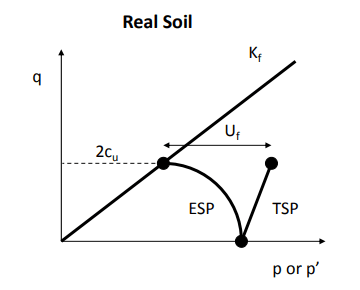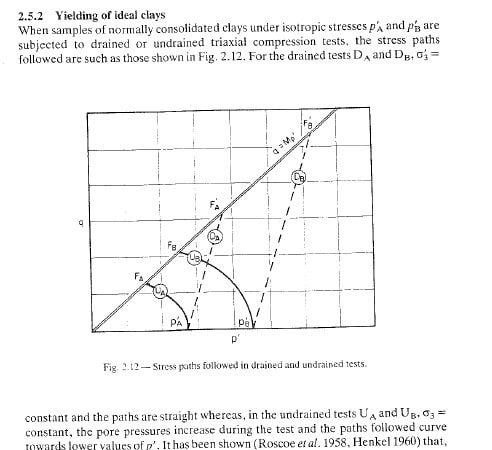Kereo
Geotechnical
- Dec 10, 2018
- 8
Hey everyone:
For NC clay with stress path shown, after excess pore pressure dissipates, where would the drained shear strength lie? At around the TSP line?

Cheers
For NC clay with stress path shown, after excess pore pressure dissipates, where would the drained shear strength lie? At around the TSP line?

Cheers


![[bigsmile] [bigsmile] [bigsmile]](/data/assets/smilies/bigsmile.gif)
